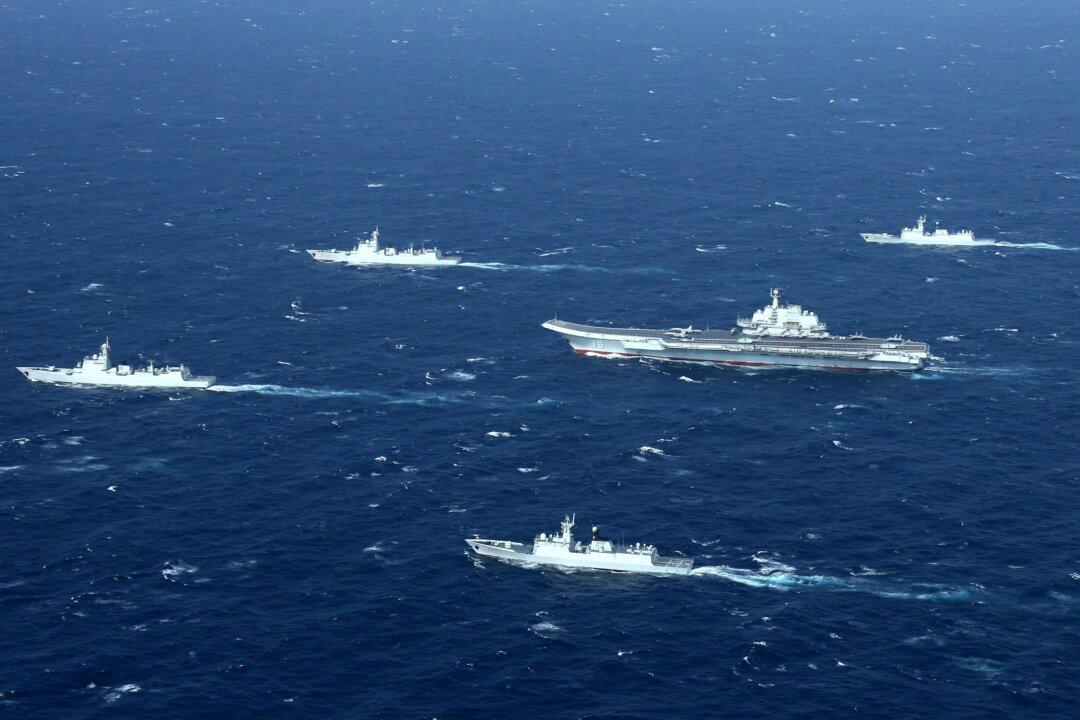Commentary
China’s force of aircraft carriers continues to grow. The People’s Liberation Army Navy (PLAN) currently has two carriers, one an ex-Soviet vessel, the other a virtual clone of the first. But it is rapidly adding to its arsenal.

China’s force of aircraft carriers continues to grow. The People’s Liberation Army Navy (PLAN) currently has two carriers, one an ex-Soviet vessel, the other a virtual clone of the first. But it is rapidly adding to its arsenal.